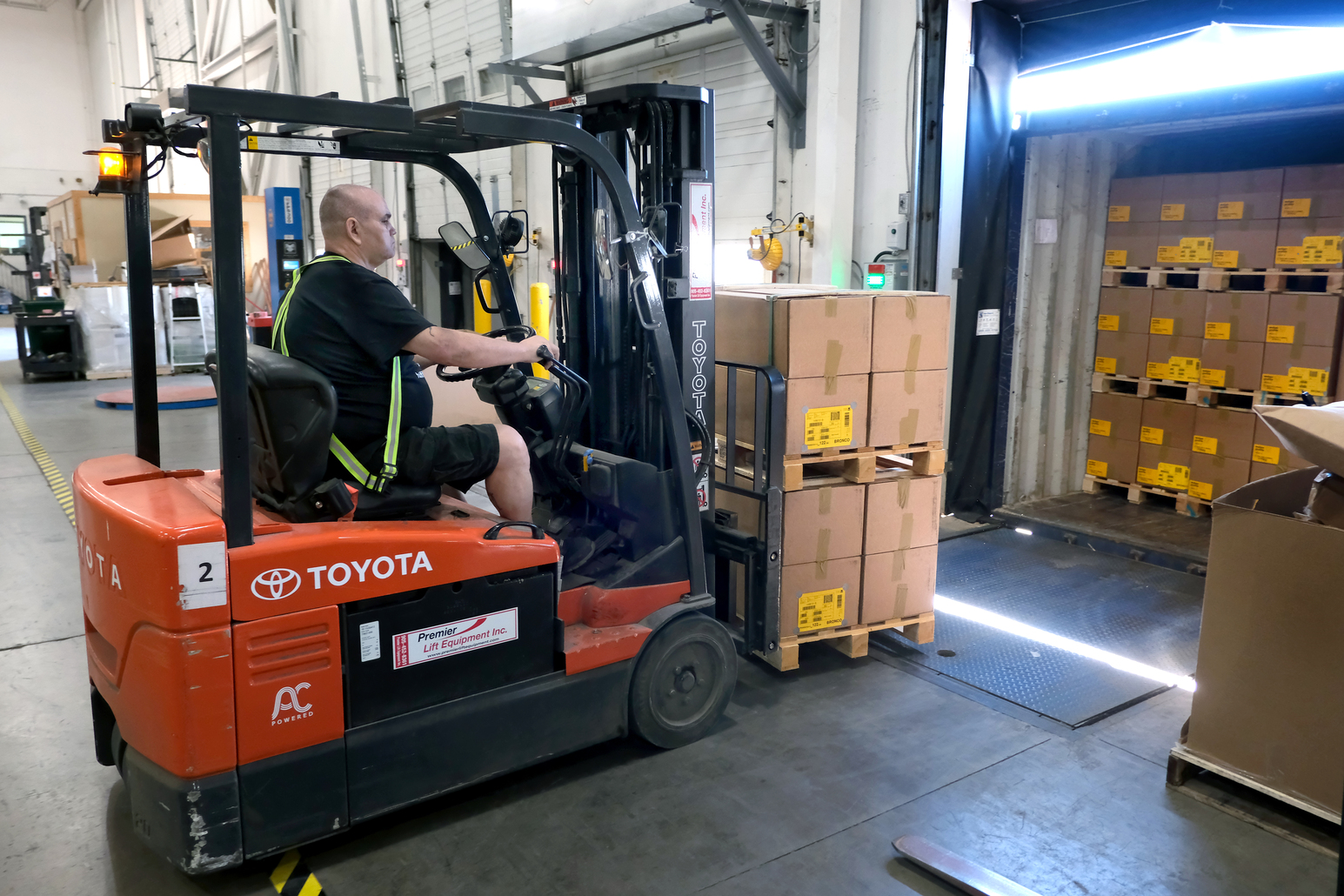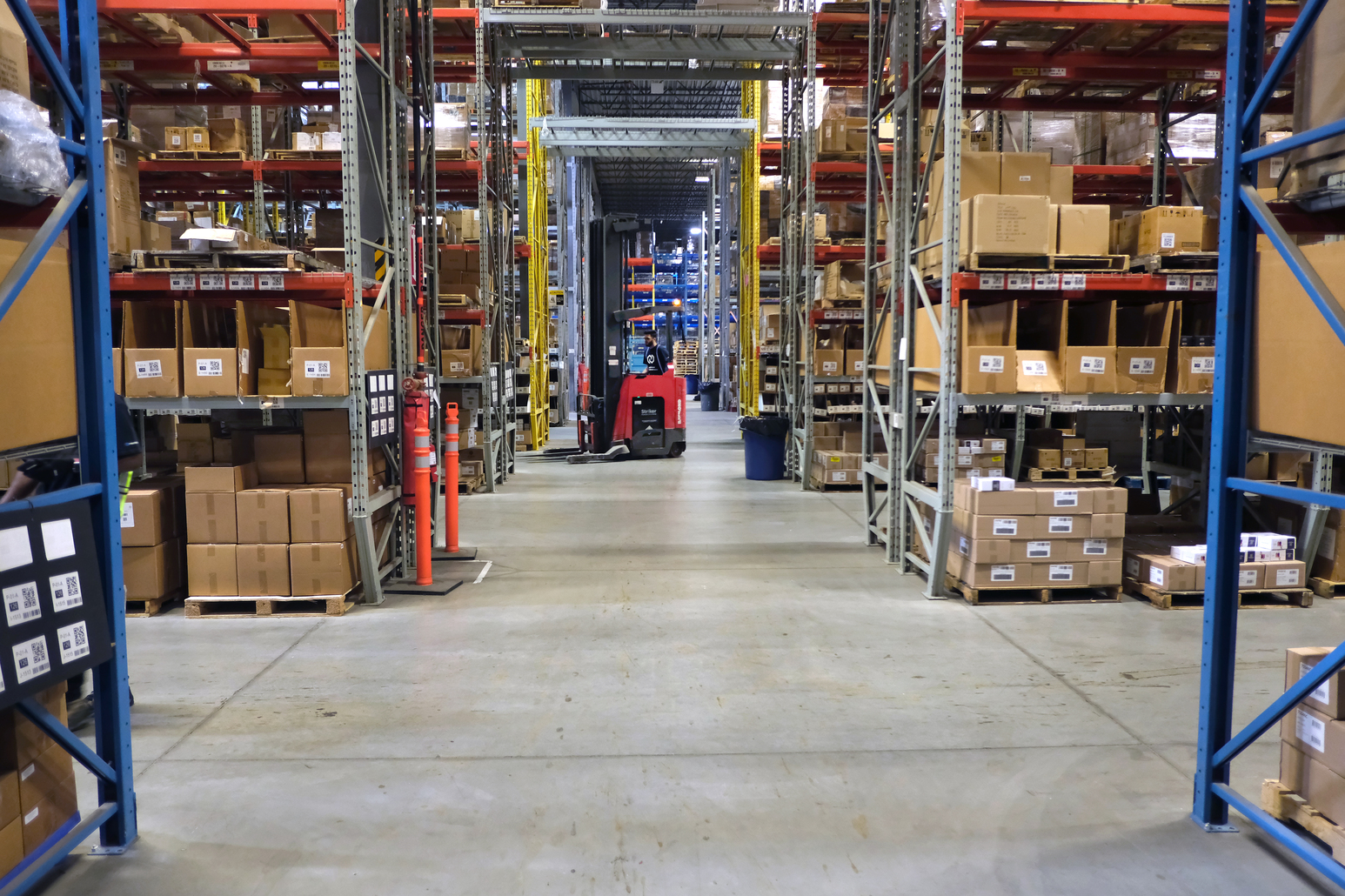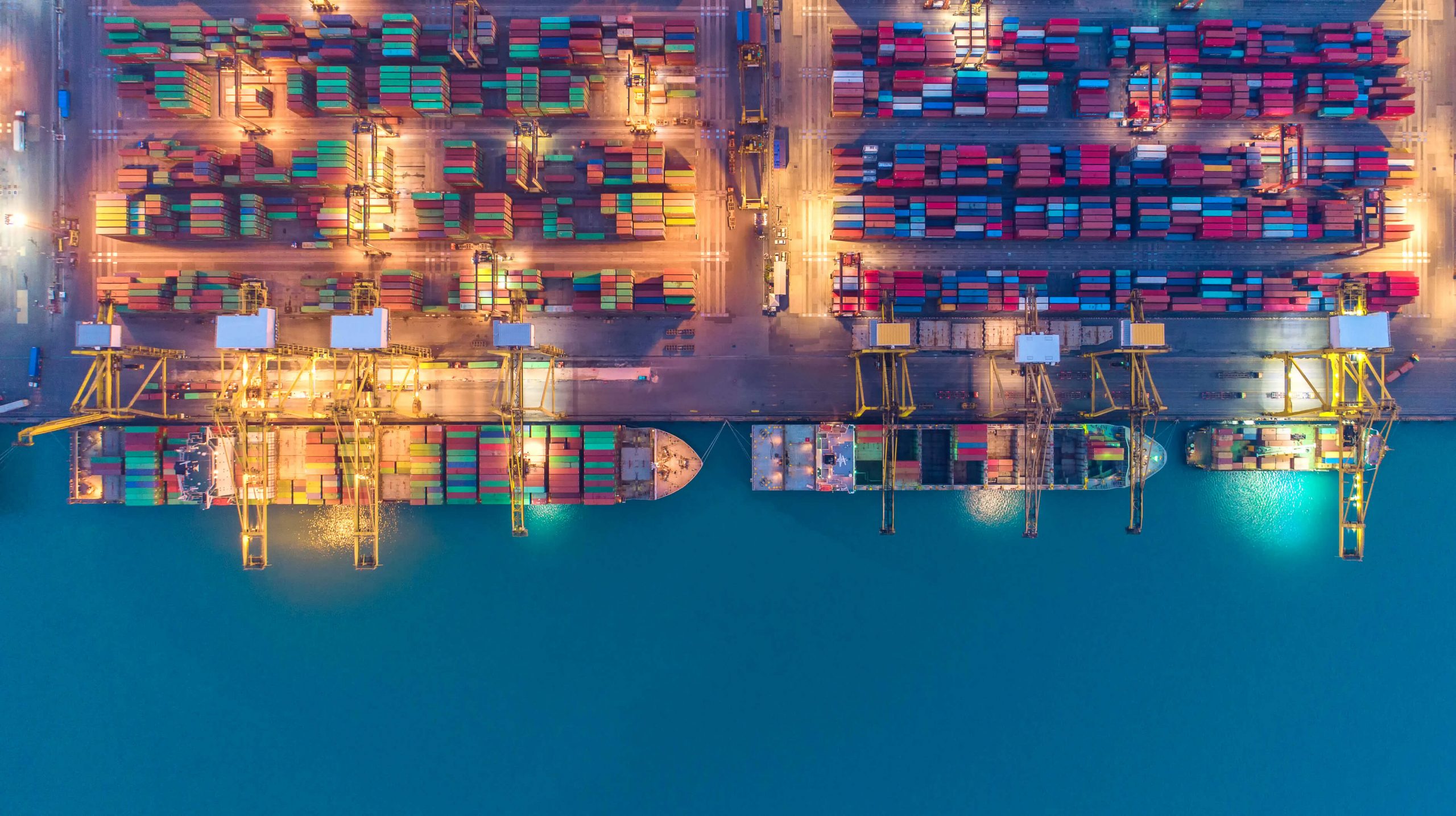One of my favorite international trade stories occurred when I was based in Vancouver in the early 1990’s. I was visiting a purveyor / exporter of canned salmon somewhere on the lower mainland who had a customer somewhere in rural Scotland who regularly ordered containers of canned Pacific Sockeye Salmon. The Scottish client, it turned out, was removing the fish from the cans, processing the product with a “secret recipe??? and re-canning and subsequently shipping it back to Vancouver and marketing it as Such and Such’s Original Scottish Salmon. The real teaser was that the price per can had skyrocketed from the original price of CAD 1.99 to CAD 8.99 per can, and despite its claim of being an authentic Scottish product, the fine print under the ingredients label listed the product as Pacific Salmon. Looking back now, the cost to move the salmon from Vancouver to Scotland and back to Vancouver was ridiculous given that the Scottish entrepreneur could have simply set up shop in Vancouver and saved a boat load of money.
This wee Scottish tale, is however a good example of how geography can play a part in world trade and is perhaps a harbinger of how geography coupled with new economic realities will affect the future of global trade.
It’s a given that global trade will be omnipresent and will continue to grow as the world’s population continues to surge. There are however, doubts as to what the future holds given that fuel prices will most certainly rise again. Worldwide trade depends heavily on inexpensive fuel. A good example of high fuel costs goes back to 2008 when the price per barrel hit USD 147 and many of the ocean carriers were forced to halve their cruising speed in an effort to save fuel.
The advent of expensive fuel will not be good news for either rich nations nor third world countries but will eventually spur further job growth in Europe and North America as importers revert to manufacturing products at home instead of abroad. The increased shipping costs will eventually cause importers to simply buy locally despite cheap labor abroad. It simply won’t be viable to make fridge’s in China when the cost of shipping outweighs cost of building units at home.
Bunker Fuel Prices
The price of crude oil rose from roughly USD 25 a bbl per at the beginning of the millennium to north of USD 145 a barrel in 2008. The same year the price for shipping a container between Asia and the Eastern USA rose by about USD 4000 and gave rise to the example listed above about container ships halving their speeds to reduce fuel consumption. The rule of thumb is that for every dollar increase in crude, a 1 percent increase in shipping costs results. With growing populations and growing shipping needs surely oil prices will increase.
It is noted that the demand for oil is greater than the ability to discover new sources. According to the United Kingdom Energy Research Centre, “more than two-thirds of current crude oil production capacity may need to be replaced by 2030… equivalent to a new Saudi Arabia coming on stream every three years.”
Climate Change
Climate change will ultimately affect the world of shipping. The increase in hurricanes, typhoons, coupled with melting ice sheets and rising oceans will inevitably affect shipping facilities, canals and port infrastructures. The majority of the world’s ports are located in low lying areas whose surrounding areas are very susceptible to flooding. Shanghai, New York, Miami, Houston, Nhava Sheva, Singapore are but a few major ports that would be devastated by rising oceans. Furthermore coastal rail and road infrastructure will be affected. In China roughly 60 percent of the manufacturing of goods to be exported are in low lying areas within 100 Kilometers of the sea.
There are numerous other effects that will cause the rapid escalation of fuel prices. Global warming will require more refrigeration which will require more fuel.
A Dreary Outlook?? Maybe Not!
The above does not paint a rosy picture. However where there is crisis there is also opportunity. It is the belief of this writer that eventually we will return to be less reliant on foreign imports. We will eventually migrate towards being more self-reliant, grow what we need in our own back yards. Manufacturing will eventually return to our side of the ocean. Global trade will not disappear, but as we rely less on foreign production and the supply chain becomes more of a domestic concern, local economies will flourish. It may in fact return to the times of post WWII when Europe and America exploded onto the world economic stage. We should plan now for these inevitable changes.
Mantoria’s team of logistics experts is constantly monitoring the many factors that affect global trade, and ultimately the complex world of logistics. Please contact us today. Let us become your trusted partner that acts as an extension of your company to manage the flow of your goods around the world.



